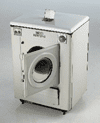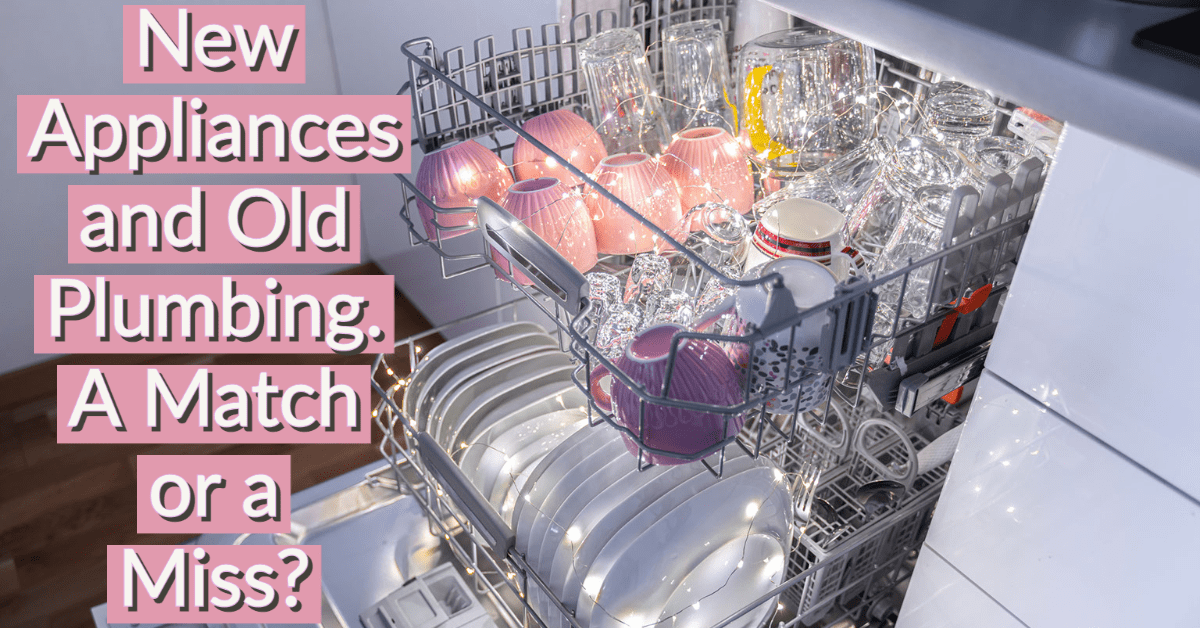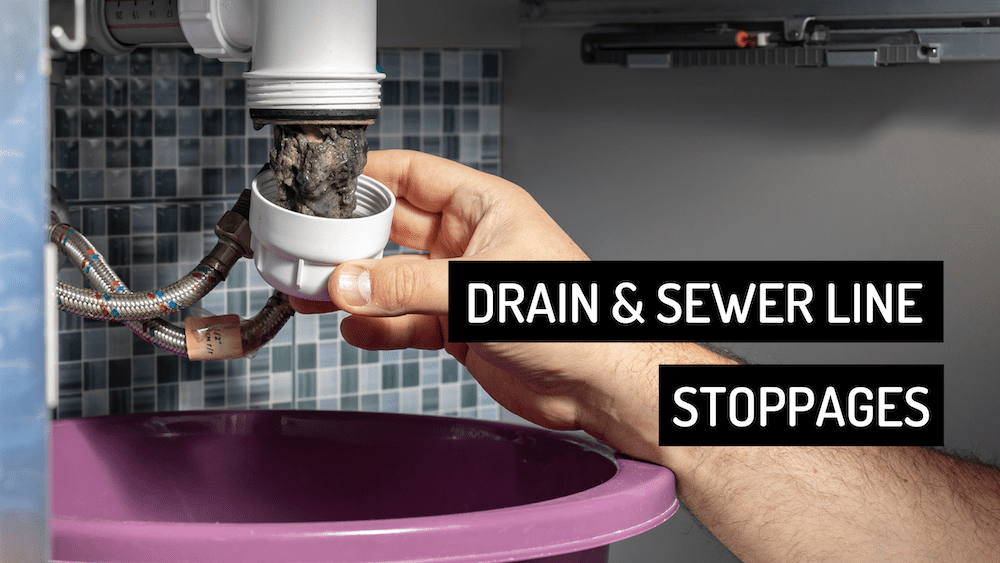Installing or replacing a washing machine or dishwasher has always been a simple, straightforward job for professional plumbers. Even if the homeowner hadn’t previously had either appliance in the home, adding the necessary fittings and fixtures was as easy as hooking a hot water line, cold water line, and drain to the machine.
Some folks, though, are finding their existing plumbing equipment to be inadequate when it comes time to replace aging appliances, and I’d like to point out a few reasons why that’s the case.
Old Appliances Were Less Efficient.
Domestic washing machines became available to the public in the late 1930s from Bendix Home Appliances. These front-loading automatic clothes washers were considered portable, as using one required rolling it close enough to a sink for the supply and drain hoses to be connected to it. If you look at one of these early examples, you’ll notice that the 1937 Bendix washer looks a lot like the front-loading models of today.

While the overall design of washing machines has remained consistent, the components that comprise these devices have continued to evolve. Today’s washing machines and dishwashers use far less water, electricity, and even soap than their century-old predecessors. While this is a good idea economically and environmentally, this striving toward efficiency seems to have come at the cost of performance.
Older Machines Had a Longer Lifespan.
Once upon a time, the typical American family would purchase a washer and dryer for their first home and continue to drag those heavy, well-built appliances to every house they lived in for twenty years or more. Parents used to gift their newlywed children with their decade-old appliances, and they would continue to use them for an additional decade.
Older appliances used heavier-duty motors made of steel capable of more torque and horsepower than a small, plastic, and aluminum motor that runs on low-voltage DC current. The washing tubs in these old machines were also made of steel, as were the loading racks and wheels in older dishwashers.
Sadly, appliances are no longer made like they were in the “good old days,” A large family will probably wear out a new laundry set in five to seven years and a dishwasher in three to five years.
New High-Efficiency Appliances Drain Faster.
Newer washing machines and dishwashers are built with new homes and remodeling projects in mind and quite often can overpower drain lines in an older home. Since these same appliances use less water, your current supply lines should be able to provide the necessary water pressure for the machine to operate correctly.
If you live in an older home that still uses its original galvanized steel lines, have those supply pipes inspected by a repipe specialist for proper pressurization. Over time, the mineral-rich hard water we have in and around Houston can build sediment inside your water supply lines, causing lower pressure at all water outlets.
When It Comes to Appliance Drains, Size Really Matters!
In modern, high-efficiency dishwashers, hot water is used to clean grease and grime off your plates in highly pressurized streams. Instead of continually running the water the way an old machine would, these jets operate in a pulsating stream that continuously changes direction, helping to knock that crud loose. As these high-pressure water jets unleash their fury against the grime on your kitchenware, all that water needs to go somewhere in a hurry.
Most current dishwashers require a drain line that is a minimum of 5/8″ in diameter; older plumbing systems are more likely to be equipped with 1/2″ drain lines. This reduction in pipe diameter, regardless of how slight, is going to impact the gallons-per-minute capability of that drain.
Modern washing machines face a similar dilemma: they use short, high-pressure bursts of water during rinse cycles. If the water flow rate into the drain exceeds the drain’s ability to channel that water away to the sewer line, that fancy front loader you just bought will make a mess. It isn’t just mismatched pipe sizes that can create a drainage issue for a new machine. Any blockage along the washing machine drain line or in the main sewer line will restrict water flow from the washer.
Nick’s Plumbing Service has been installing washing machines and dishwashers in Houston since 1979, so we’ve gotten pretty good at it. Upgrading your outdated and inefficient plumbing appliances will help save on energy bills and water usage and help improve the value of your home. If you’ve already installed your new washing machine or dishwasher, and are experiencing slow draining, interrupted wash cycles, or low water pressure, give the experts at Nick’s a call.


























